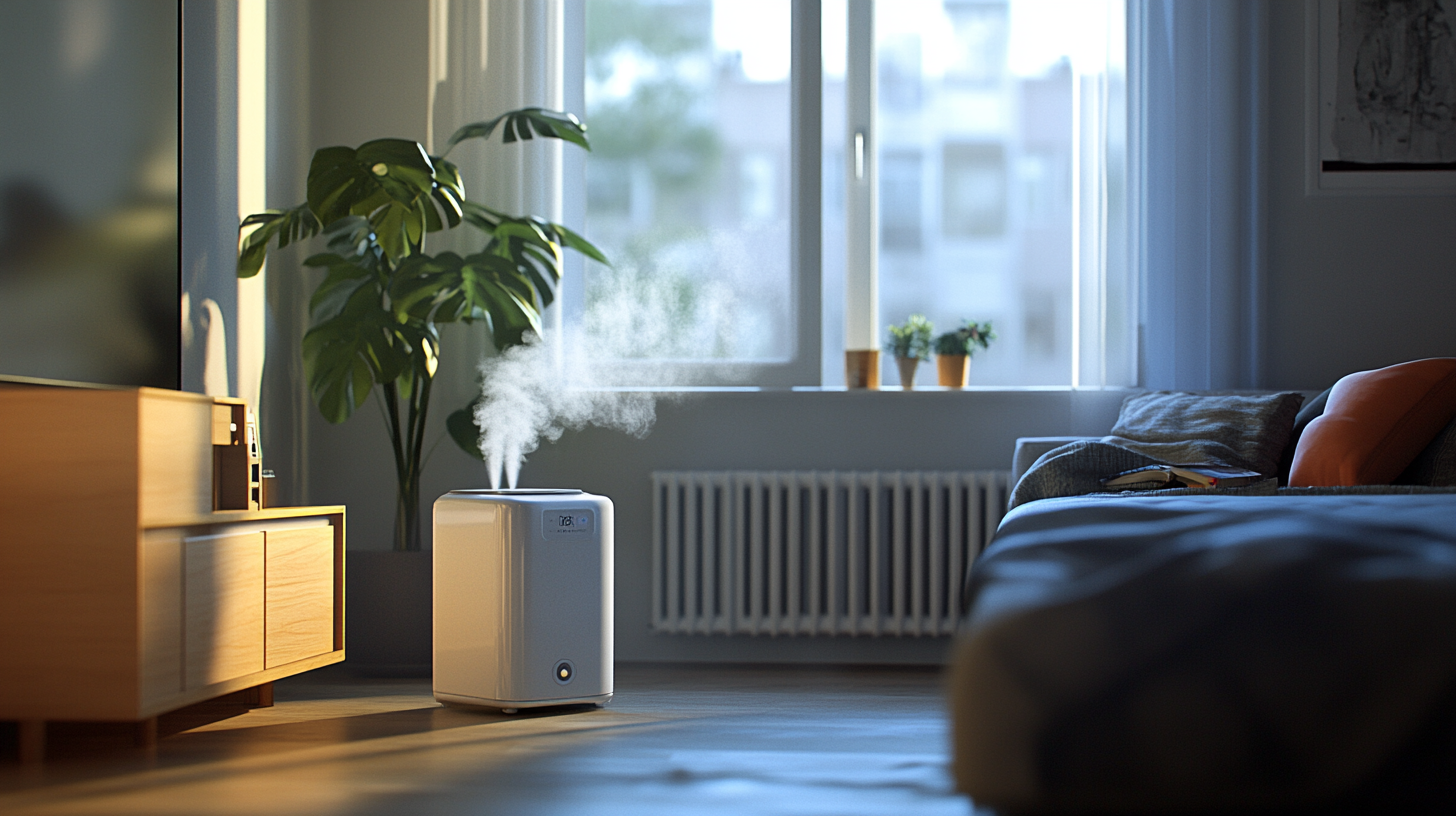Termites, the silent destroyers of homes, can wreak havoc on your property, leaving behind structural and cosmetic damage that demands attention and repair. Restoring your home after termite damage is a meticulous process that involves a series of well-executed steps to ensure the safety and integrity of your living space. In this comprehensive step-by-step guide, we'll walk you through the process of repairing termite damage, from the initial assessment to the final touches, helping you reclaim the strength and beauty of your home.
Replacing Damaged Insulation and Moisture Barriers
Replacing damaged insulation and moisture barriers in your home is a crucial step when addressing termite damage and maintaining a healthy living environment. Termites can infest insulation materials, compromising their effectiveness and creating an environment conducive to moisture problems and mold growth. To restore the integrity and insulation value of your home, it's essential to identify and replace any damaged insulation and moisture barriers.
Start by conducting a thorough inspection of your home to identify areas where termites have compromised insulation or moisture barriers. Look for signs of damage, including hollow-sounding walls, visible tunnels, and areas of increased moisture. Once you've pinpointed the affected regions, remove the damaged insulation and barriers, ensuring that the area is free from any residual termite activity. Replace the insulation with new, undamaged materials, and install or repair moisture barriers as necessary to prevent future issues. This process not only helps rectify termite damage but also enhances your home's energy efficiency and the overall comfort of your living space.
Inspecting and Reinforcing Structural Supports
When dealing with termite damage in your home, inspecting and reinforcing structural supports is a vital aspect of the restoration process. Termites can silently weaken load-bearing beams, columns, and wooden supports, posing a significant threat to the structural integrity of your property. Start by conducting a thorough inspection of your home's structural components, focusing on areas where termites have been active. Look for signs of damage such as sagging, cracking, or weakened wooden supports.
Once you've identified compromised structural elements, it's essential to reinforce or replace them to ensure the safety and stability of your home. This may involve sistering new beams alongside damaged ones, replacing damaged columns, or adding additional support as needed. A professional contractor or structural engineer can provide expert guidance in assessing the extent of damage and recommending appropriate reinforcement measures. By addressing structural supports, you not only restore your home's strength but also mitigate the risk of future termite infestations, ensuring long-term security and peace of mind.
Monitoring for Termite Activity Post-Repair: Ensuring Long-Term Success
After successfully restoring your home following termite damage, it's essential to continue monitoring for termite activity to ensure the long-term success of your efforts. Termites can be persistent, and prevention remains the best defense against future infestations. Regular inspections, ideally conducted by a professional termite specialist, are crucial to detect any signs of termite activity early.
In addition to inspections, consider implementing ongoing termite prevention measures such as bait systems or soil treatments around your property. Maintaining a dry and well-ventilated home can also deter termites, as they are drawn to moist environments. By staying vigilant and proactive, you can protect your home from the silent and costly threat of termites, ensuring that your restoration efforts stand the test of time.
FAQs
-
What are the common signs of termite damage, and how can I identify them?
Signs of termite damage may include hollow-sounding wood, visible tunnels or galleries, discarded termite wings, blistered or cracked surfaces, and sagging floors. Recognizing these signs is crucial for identifying areas that require repair.
-
Is it possible to repair termite damage myself, or should I hire a professional?
While minor repairs may be DIY-friendly, significant termite damage often requires professional expertise. Professionals can assess the full extent of the damage, ensure comprehensive termite treatment, and perform skilled repairs.
-
What materials and tools are typically needed for termite damage repair?
Materials may include replacement lumber, wood fillers or epoxy compounds, wood preservatives, and tools like saws, chisels, hammers, and putty knives, depending on the extent of the damage.
-
Is it necessary to treat termites after completing termite damage repairs to prevent future infestations?
Yes, it's essential to implement termite prevention measures after repairs to protect your home from future infestations. Repairing termite damage alone won't address the underlying termite issue.
-
How long does it typically take to complete termite damage repairs, and is post-repair maintenance required?
The time required for repairs varies based on the extent of the damage. Post-repair maintenance involves regular inspections for signs of new termite activity and implementing preventative measures to ensure long-term protection.
Contact Crawl Logic Today!
Crawl Logic will do everything we can to ensure your experience with us is excellent.
Request A FREE Estimate
We will get back to you as soon as possible.
Please try again later.
CHECKOUT RECENT POST



Schedule Your FREE Crawl Space Evaluation!
Did you know YOU DON'T HAVE TO BE HOME for us to provide you with your 100% FREE crawl space inspection and report?
CHOOSE THE BEST OPTION, CRAWL LOGIC!
Ready to Elevate Your Experience? Let's embark on a journey to success together! Our team is dedicated to delivering excellence and innovation tailored to your unique needs. Connect with us now to discover how our services can transform your vision into reality. Your next big leap starts here
HOURS
Monday: 8:00AM - 5:00PM
Tuesday: 8:00AM - 5:00PM
Wednesday: 8:00AM - 5:00PM
Thursday: 8:00AM - 5:00PM
Friday: 8:00AM - 5:00PM
Saturday: 8:00AM - 5:00PM
Sunday: 8:00AM - 5:00PM
Copyright © 2020 Crawl Logic - Franklin Crawl Space Encapsulation and Repair
